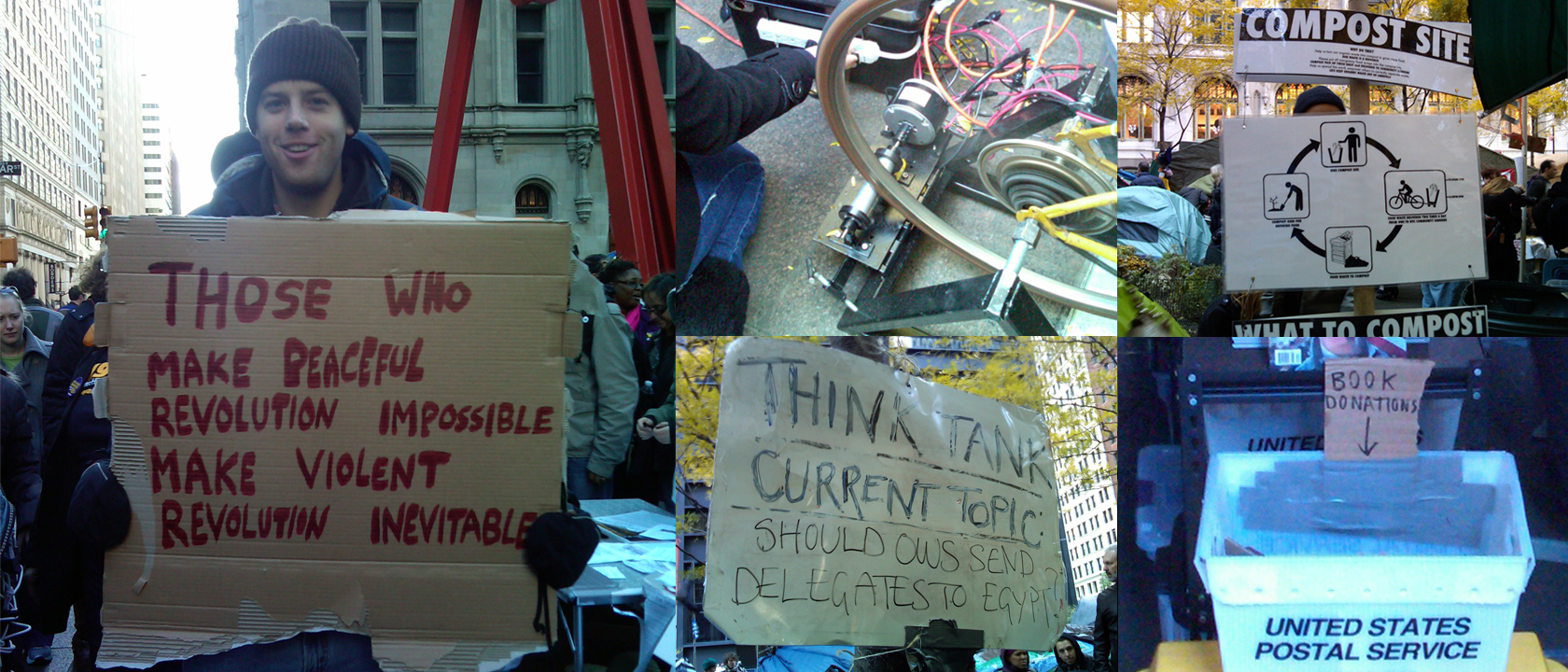Designing Data Environments: The Road to Powerful Change is Data Analytics
First Published in UX MAG on October 24, 2017 http://bit.ly/2DpRsz6
Information technology is changing the way we perceive brands, do business, and conduct our everyday lives.
Millions of interactions are recorded, tracked and analyzed. This is seen in the great array of places and the channels through which information is expressed — examined, interpreted, and communicated. And the surge of data-tracking technologies has significantly shaped how we interact with information, and is gradually redefining how we experience the world around us – as individuals and as a community.
Indeed, data permeates everything — from our bodies, homes, and work culture, to our city’s infrastructure and urban spaces. It gives people and businesses, small and large, the insight they need to effect meaningful change.
Being a designer today often always implies working closely with organizations to empower them with ways of understanding their present and imagining better futures. We now have the unique opportunity, as designers, to operate between strategy and creative practices to influence, not only brand perception, but also habits and rituals across many environments, devices, and channels.
DATA PERMEATES THE EVERYDAY
People are buying VALUE, not stuff
Data connects people and businesses to the world of information. It tells us as much about who we are as it does about the world around us. And data analysis is slowly becoming the channel through which we learn about our human condition and tackle the challenges and unknowns of the day.
Things make us just as much as we make things.
Malafouris, Lambros. How Things Shape the Mind: A Theory of Material Engagement, 2013
As more objects and concepts become computable, or digitally-enabled, so our workplaces and consumer culture itself have adopted web- and app-first strategies.
The human body, for example, has long been a point of investigation for the healthcare and fashion industries. They have embraced the challenge of studying how it works, what conditions affect it, and how to influence behavioral and attitudinal patterns. Apps and wearable technologies have enabled people to more accurately monitor and quantify their actions by gaining granular insight about their behaviors. By providing data transparency, they encourage people to form opinions, reach a state of clarity and awareness, and develop new rituals to counter unhealthy habits with healthier ones to further develop ourselves. It motivates them to understand contextual variables, set goals for themselves and undertake them.
On a city wide scale, information interacts with infrastructure, systems, and people. In 2016, Uber, for example, unveiled Uber Movement, the open-source data-sharing platform that enables people and organizations to learn from data generated by riders and drivers, in order to help improve their cities’ urban efficiency. The crossover of urban planning and transportation analytics makes it possible to understand urban dynamics. It helps inform the future of urban mobility, the movement’s ambition to optimize existing infrastructures and to contribute to the growth and health of cities.
Data provides a new lens through which to understand and critique our worlds. On the one hand, learning from data has empowered individuals to connect to their communities and cities on a different level. And on the other hand, the rising data-tracking culture has equipped individuals with unprecedented tools and mechanisms of self-awareness.
DATA FUELS BUSINESS TRANSFORMATION
Businesses are investing in selling VALUE, not stuff
Analyzing data plays a key role for businesses in identifying operational strengths and weaknesses. Insights from data enquiry can point out opportunities to boost performance and efficiency — where digital brand strategies and business capabilities fail to address customer needs, revenue targets, and market expectations.
In the past, big data had led changes in analytics in the financial and IT sectors. But today it is vital that businesses across all sectors apply analytics to understand how their organization performs and learn from their customers’ behavior.
In healthcare and retail, for example, there is greater awareness that data analytics can transform the way businesses operate and interact with their customers, online or offline. Business change that is led by data analytics has been demonstrated to have significant impact on business processes and customer loyalty.
With over 20 years’ experience in software development and consulting, SoftServe has transformed the way global organizations operate through its innovations in big data, the internet of things (IoT), security and experience design. According to their June 2016 Big Data Analytics Report, 45% of organizations use big data analytics across their operations. To illustrate, here are two examples:
OBH Sense 360 created by Outcomes Based Healthcare (OBH) uses data from built-in smartphone sensors to measure patient-reported outcomes in people with diabetes. The app recognizes that when people are sick or unhappy, they interact differently with their devices. So OBH combines data analytics and behavioral science to gather patient insight, and that places OBH as an industry leader in health-outcome analytics.
Boston-based Yottaa provides intelligence that enables website owners to understand the dynamics of their visitors, across geographies, any cyber-security threats the user experience, and the security landscape. With the aid of a real-time log analytics and data visualization tool, Yottaa enables customers and technical teams to quickly visualize and resolve anomalies across their application.
What this hints at is that listening carefully to data can enable brands to understand their failures and optimize their strategies and customer experiences. The economic, environmental, social, and technological forces that are driving ubiquitous data-collection today, encourage organizations to find new ways to address their service gaps and inefficiencies and explore new possible avenues for partnership and brand value expansion.
DATA BREEDS CULTURAL CHANGE
Businesses adopt flexible and changeable strategies
Data seems to be everywhere and in everything. It helps us connect to the world around us and with one another.
In business, however, data analytics gives organizations the ability to uncover opportunities for improvement and expansion. With the systemic analysis of data, businesses are learning about themselves in ways that were impossible before. And accordingly, evidence-based change is at the core of how businesses evolve, driving market opportunity and business transformation.
Amazon is a prime example of continuous business re-invention, by turning their business into a multi-billion dollars online retail store since launching as an online book store in 1995. Over the years, many transformations have led to the company evolving and reaching wider audiences. To name a few key events, the company began by expanding its product offering to selling everything from A to Z with Marketplace, a third-party seller business. It then entered the services industry with the launch of Amazon Web Services, its cloud computing platform, and diversified their strategy to include grocery shopping from local specialty stores through Amazon Fresh. With Kindle Fire (2011), Amazon’s own tablet computer, it has also opened new avenues for the brand to be perceived as a leader in the e-reader space.
In most recent years, the Amazon Echo (2014) voice-activated device for the home has grown in popularity, and is evolving to provide an additional communication channel for brands across diverse industries. For example, FinancialForce’s CTO, Andy Fawcett, and Sales Force MVP, Kevin Roberts, suggest that information technologies, like Alexa, will have a significant impact on the way businesses engage with people in the future. In fact, voice-activation is speculated to be the new business tool to interface with customers and integrate with many brands schemes and devices within the home – such as: lights, switches and thermostats control, music, and news.
Nearly every business faces the challenge of maintaining heritage and tradition while meeting today’s technical, social and economic demands. By leveraging insights from their data, businesses can reimagine how they position their brands amongst their competition while accommodating the growing cultural need for data transparency. As a result, businesses today are more prepared to transform and willing to introduce incremental changes to their operations. To this end, embrace current trends and adopt flexible and changeable strategies.
EVERYTHING IS COMPUTABLE.
In sum, everything that we engage with digitally is now data-generative.
As individuals, technology increasingly dictates our experiences of culture, as we learn to navigate our information spaces and adopt new platforms and communication channels. And with data, mediated through our devices and environments, is brought about new knowledge and a changed relationship to places, people, and brands.
As designers, we tirelessly investigate the hidden causes of business inefficiencies and customer discontent to guide the development of purposeful and adaptable digital services that elevate a brand’s image. This explains why today, design practice is not solely concerned with addressing customers’ growing needs and fundamental frustrations, but is also equally engaged in delivering true business value.
Data everywhere has shifted once again our expectations of technology. It allows us to push the boundaries of what can be known and what is meaningful, and to persevere in our exploration of what can be done with data and what can be learnt from it.


